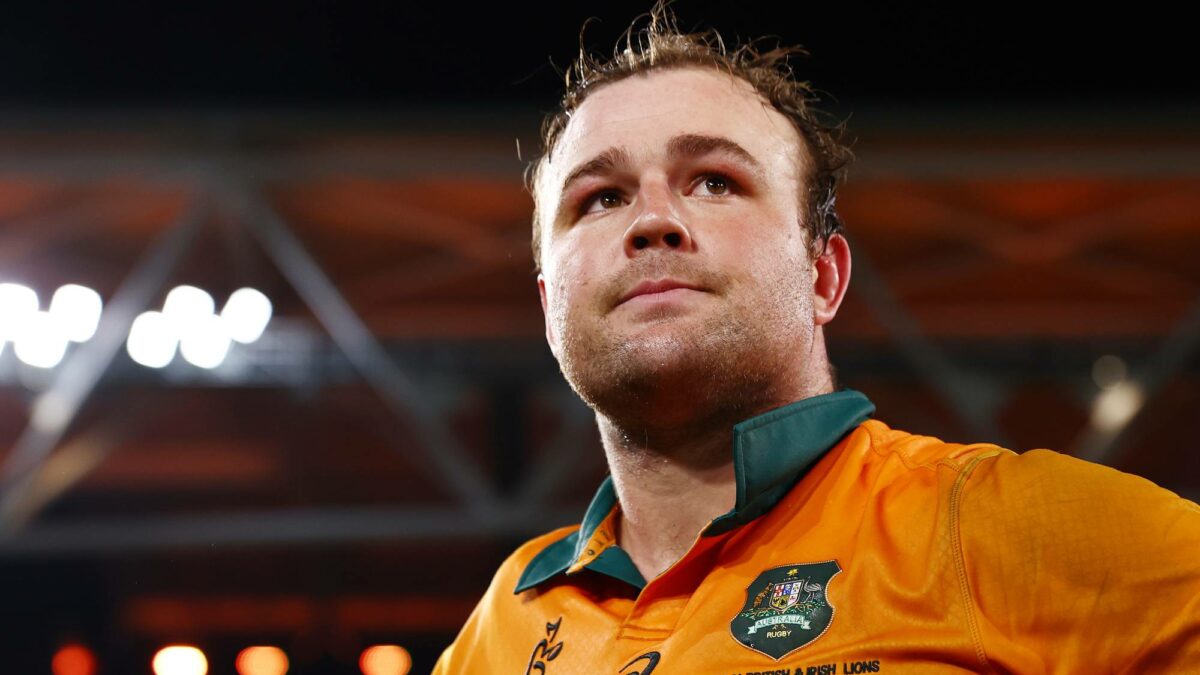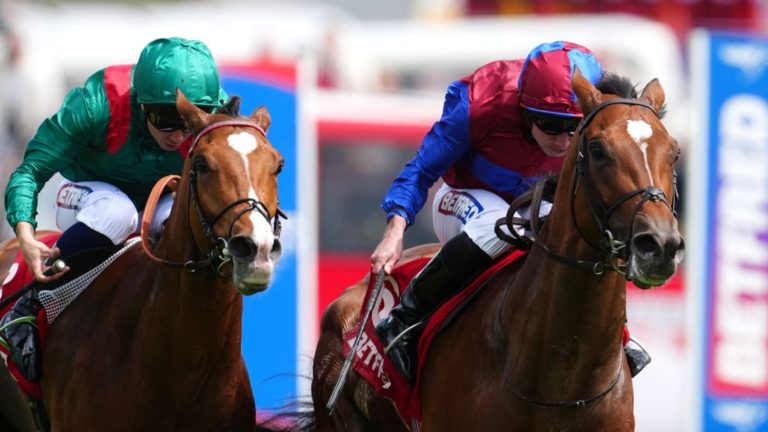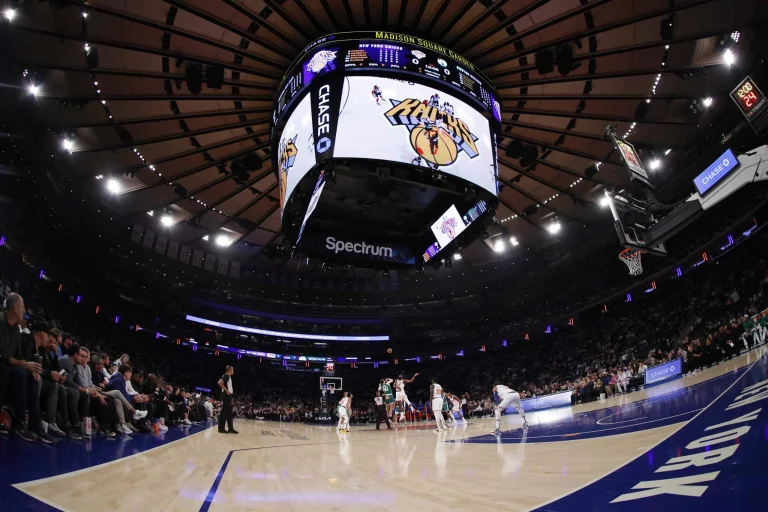The Wallabies’ 27–19 loss to the British & Irish Lions in Brisbane was more than a missed opportunity; it was a data-backed indictment of a broken structure.
The Lions dominated the collision zone, dictated terms at the gainline, and exploited Australia’s passive defensive system. While the final score might suggest a close contest, the numbers, particularly in the first hal,f tell a story of physical domination and tactical paralysis.
Nowhere was this clearer than in the first 40 minutes, where the Lions racked up 271 running metres to Australia’s 79, a 3.4× disparity that laid bare the gainline gulf. The Lions routinely challenged the defence with multiple runners and layered options. In contrast, Australia’s attack was built around isolated, one-out carries predictable and easily absorbed.
Defensively, the Wallabies’ real flaw was their lack of line speed. They remained static or lateral, allowing the Lions to dictate tempo, win the collision, and generate quick ball. This wasn’t a question of commitment it was a systemic failure to get off the line and meet fire with fire.

BRISBANE, AUSTRALIA – JULY 19: Len Ikitau of the Wallabies reacts during game one of the series between Australia Wallabies and British & Irish Lions at Suncorp Stadium on July 19, 2025 in Brisbane, Australia. (Photo by Chris Hyde/Getty Images)
This trend extended to the ruck area. While the Wallabies had a respectable ruck retention rate of 96.9% across recent internationals, it was largely passive, unthreatening ball. The Lions, by contrast, delivered high-speed rucks off dominant carries, especially in the first half. Tadhg Beirne made 23 tackles and featured in multiple breakdown turnovers. Even when Australia built phases late, the Lions had already won the momentum.
A useful contrast is the Brumbies’ structured defence against the same Lions squad. They won 97% of their rucks (73 out of 75) and used disciplined line-speed and aggressive ruck arrival to stay in the match despite being physically outgunned. The Lions made 308 post-contact metres to the Brumbies’ 216 and had a 137-carry workload compared to the Brumbies’ 86. Though the Brumbies missed 26 tackles (85% completion) compared to the Lions’ 12 (91%), their defensive cohesion and pressured structure kept the game level at halftime — and the final scoreline respectable at 36–24. This proves that structured defence, when executed with intent and speed, can offset a physical mismatch. Australia had the personnel to replicate this — but lacked the structure, pace, and urgency.
The Wallabies, in contrast, missed 29 tackles in Brisbane — an 84% completion rate compared to the Lions’ 91%. That reduction in defensive integrity resulted from standing off and lacking urgency a symptom of Schmidt’s passive system ill-suited to Australian personnel.
Australia has had smarter rugby success. From Rod Macqueen’s trap defence to Ewen McKenzie’s scramble systems, brains overcame brawn. But that DNA appears lost. Australia stood off the Lions and paid the price.
Consider the 2017 Lions tour to New Zealand: the Lions were dismantled in the first Test. In a week, they rebuilt their defensive structure — increased line speed, improved mid-defence, and forced more contestable rucks. The result: the All Blacks, down a man, were held tryless. A demonstration that a week, if used with strategic clarity, can pivot a series.
Similarly, South Africa’s 2022 Rugby Championship saw the Springboks completely change their contact structure, midfield press, and ruck alignment in seven days — overturning a heavy defeat to beat the Wallabies. These are not anomalies — they are carved paths.
Australia has the horses. The returns of Rob Valetini and Will Skelton supply raw impact. Angus Bell not starting one of the world’s premier looseheads was mystifying. But no pack performs if it’s backpedalling. A system-led revamp is needed.
Where was Laurie Fisher’s famous Brumbies maul? In Super Rugby 2024, that maul generated nearly a third of Brumbies’ tries, but it didn’t feature in Brisbane. Geoff Parling, tasked with set-piece and maul defence, has to explain why the Wallabies were dominated up front. If our elite coaches are boxed in by selection or system rigidity, the system is fundamentally flawed.
Australia entered Test rugby with only one lead-up fixture and even then, rotated heavily. Contrast this with the Lions’ five-game build-up (Force, Reds, Waratahs, Brumbies, combined XV) building cohesion, resilience, and physical readiness.
New Zealand’s 2017 prep included alignment camps, Super Rugby integration, and contact-focused builds. The 2009 Springboks pre-Lions campaign involved intense Test-level preparation. Australia’s lack of structured fight-toughness before a global Rugby event is inexcusable.
Australia continues to be plagued by training injuries. Studies as long ago as 2009 of Super Rugby teams found Australian squads suffered 6.96 training injuries per 1,000 hours with an average time loss of ~37–39 days per injury. In contrast, South Africa and New Zealand have invested heavily in preventive conditioning and player welfare programs (SmartRugby and BokSmart). Whether it’s better base conditioning, systematic planning, or safer contact practices — the result is Australia enters Tests with weaker bodies and less preparation.

SYDNEY, AUSTRALIA – JULY 04: Wallabies head coach Joe Schmidt and assistant coach Laurie Fischer look on during a Wallabies training session at David Phillips Sports Complex on July 04, 2024 in Sydney, Australia. (Photo by Matt King/Getty Images)
The 2025 Lions tour is a rare spectacle — over 500,000 tickets sold, 100,000 international tourists, and tens of millions in economic impact. Rugby union — not league — delivers this global showcase. Yet where is the government investment? Where are the visionary administrators building on this moment?
Australia’s identity in world rugby has always been defined by intellect — not size. That intelligence must be rekindled through line-speed defence, aggressive ruck arrival, and the maul as a weapon. The blueprint is present Samoa-style aggression or South African pressure — but the plan and execution have to come from the top.
We must become, in a sense, like Prometheus, bold enough to steal the fire from the gods. The Lions’ defensive alignment, their structure, their ruthless tactical discipline that’s the fire we must seize. Not by mimicking them blindly, but by understanding the mechanics of what works: layered options in attack, surprise in phase play, structured chaos in defence. By outthinking and out-timing them, we can bring that fire home.
Like the Lions in Wellington 2017, like the Boks in Sydney 2022, the Wallabies must pivot. If they act decisively, this series can be salvaged.
Press off the line like it’s state rugby. Bring back the Brumbies’ maul. Above all restore defence intelligence and urgency.
Because if we don’t, we won’t just lose the series. We’ll remain tethered to the rock watching the fire burn elsewhere.
_





